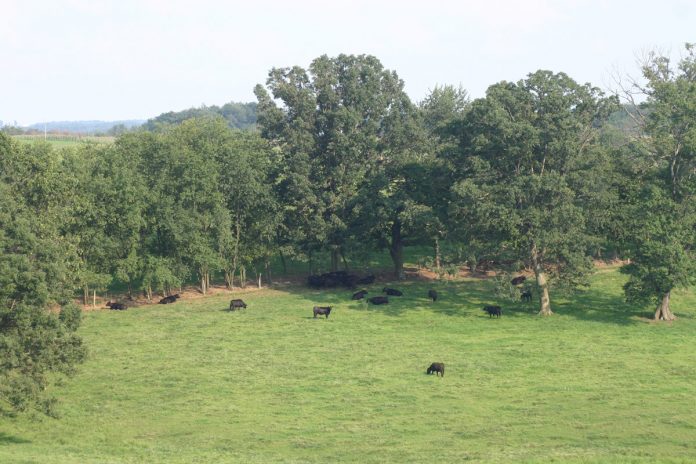Beginning in June, we tend to see a transition in our pasture management. The first couple of weeks will typically provide proper moisture and temperature favorable for cool-season grasses. As we move into the period when temperatures rise, our cool-season grasses will slow.
Like other management goals, summer pasture management should be no exception. First, we should be slowing down the rotation and allowing more time for rest of the forages to recover.
As summer progresses, the rest periods between grazing paddocks can be up to 30-40 days, depending on the temperature and rainfall. The goal is to ensure that pasture are not overgrazed, and we are leaving leaf residue. By doing this we are protecting the soil and utilizing photosynthesis to assist the plant to recover more quickly.
Second, summer is an opportunity to stockpile forages for late fall and winter grazing. Try to stockpile fields that have tall fescue; the forage is known for its ability to maintain high levels of nutrients into the winter months compared to other cool-season grasses. Other forage species will deteriorate more quickly after a killing frost and will not maintain quality.
Identifying fields that have well-drained soils will be better suited for grazing stockpiled grasses that fields that are not well-drained.
These are just a few tips for summer pasture management that can make a big difference to get through the hot summer and prepare you to graze longer into the winter.













